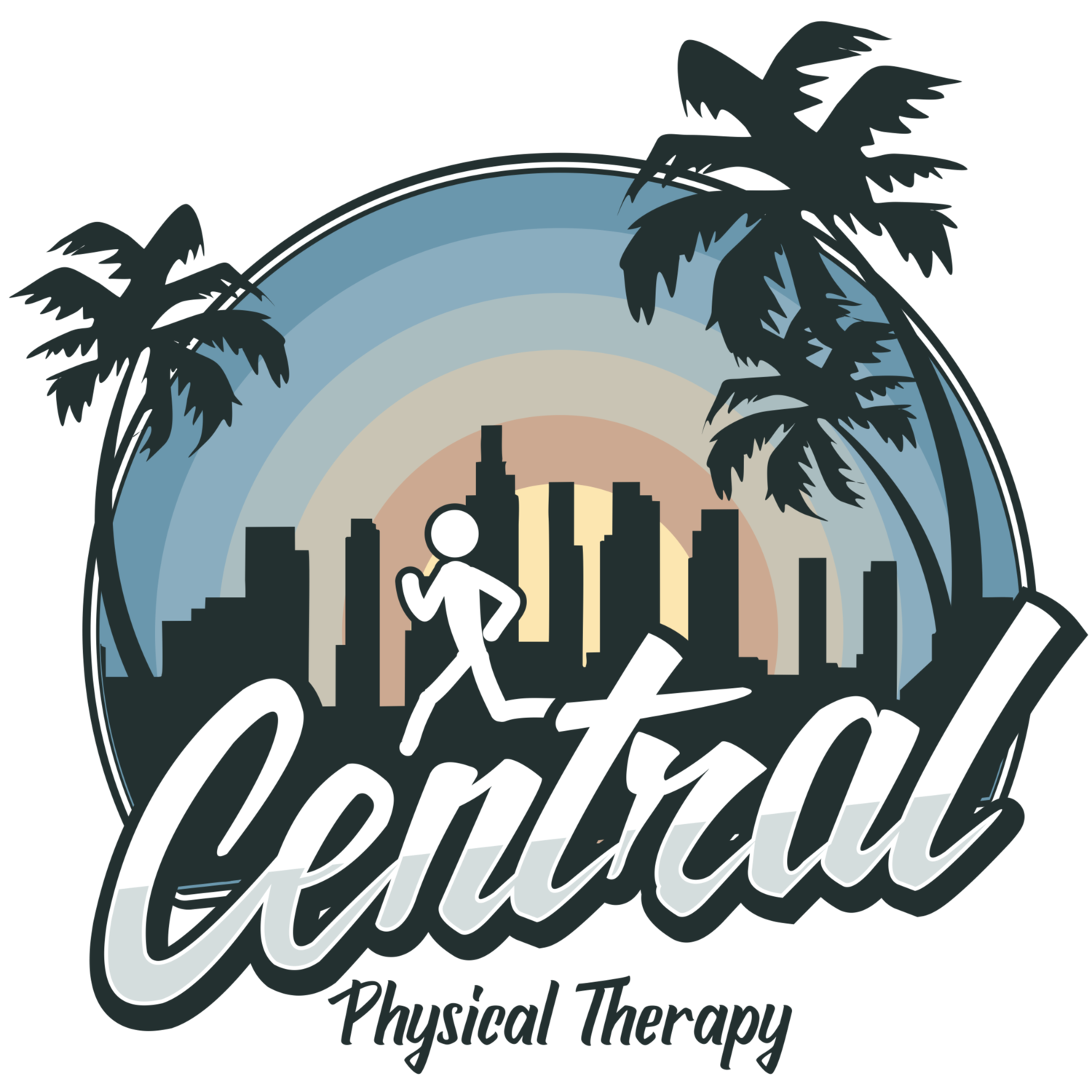How should I be sitting (or standing)?
I get questions from patients about best chairs or if it’s better to sit on a ball or whether it’s better to stand. The short answer to this is: All of the above. The important thing here is more about staying in “neutral” and keeping your muscles in a balanced position than the type of chair you’re sitting on or whether you’re standing or sitting.
Most people assume that sitting up straight as high as you can is automatically a good thing. One thing to note is that if you extend your low back too much your paraspinal muscles next to your spine will be activated and in a shortened position for long periods. Of course you probably already know that sitting in a hunched position is not great either. You want your muscles to be nice and balanced in a centralized joint position (or “neutral” position). You don’t want your muscles to be imbalanced and have increased tone for long periods as this will, in the long run, cause pain or discomfort. Your neck shouldn’t be extended (chin/head tilted upwards) or your head shouldn’t be coming forward to look into the screen. Your spine from low back to the neck should be as upright as possible.
To get into more technical, anatomical terms, you want your diaphragm to be aligned with your pelvic floor muscles (the 1st figure in picture below). You don’t want to be in what’s called a “open scissors” posture where your low back is extended and your ribs flare up from the front (the second figure in picture below). You also don’t want to be leaning forward (3rd figure in picture below) or flexing your mid/upper back with a forward head (4th figure in picture below). Learning to properly stabilize and coordinate your trunk muscles is key here.
So whether you decide to sit on a ball or a chair (or a really expensive chair) it’s fine, but the more important thing is the “neutral” position and proper trunk stabilization.
The same thing applies with standing. Some say that there is less pressure on the lumbar discs in standing vs sitting which may be true, but not by much (though others say there is no difference). Some people choose to stand at a desk (with a standing desk) because they feel less pain. That’s totally fine. The only thing with standing is that it takes more energy and you get tired faster from standing than if you were sitting.
If it was me and I could choose any option (assuming I didn’t have any pain with sitting), I would choose a chair with back support and a padded seat, utilize proper stabilization techniques, and take standing breaks to stretch and move my joints every 30-60 minutes.
Links:
https://www.sciencedirect.com/science/article/abs/pii/S1050641107000181
-Blog post on stabilizing your trunk
Questions or comments? Contact us.


